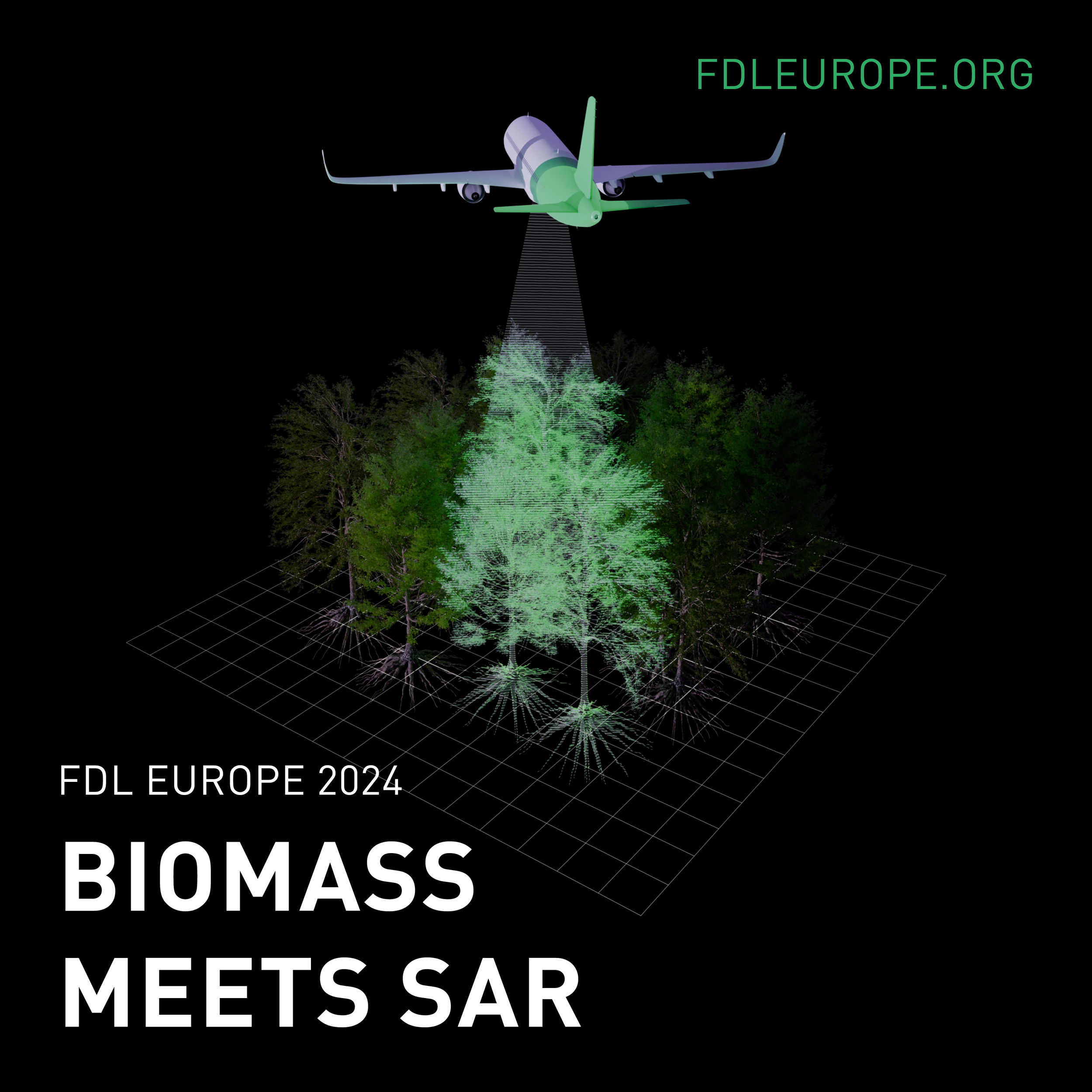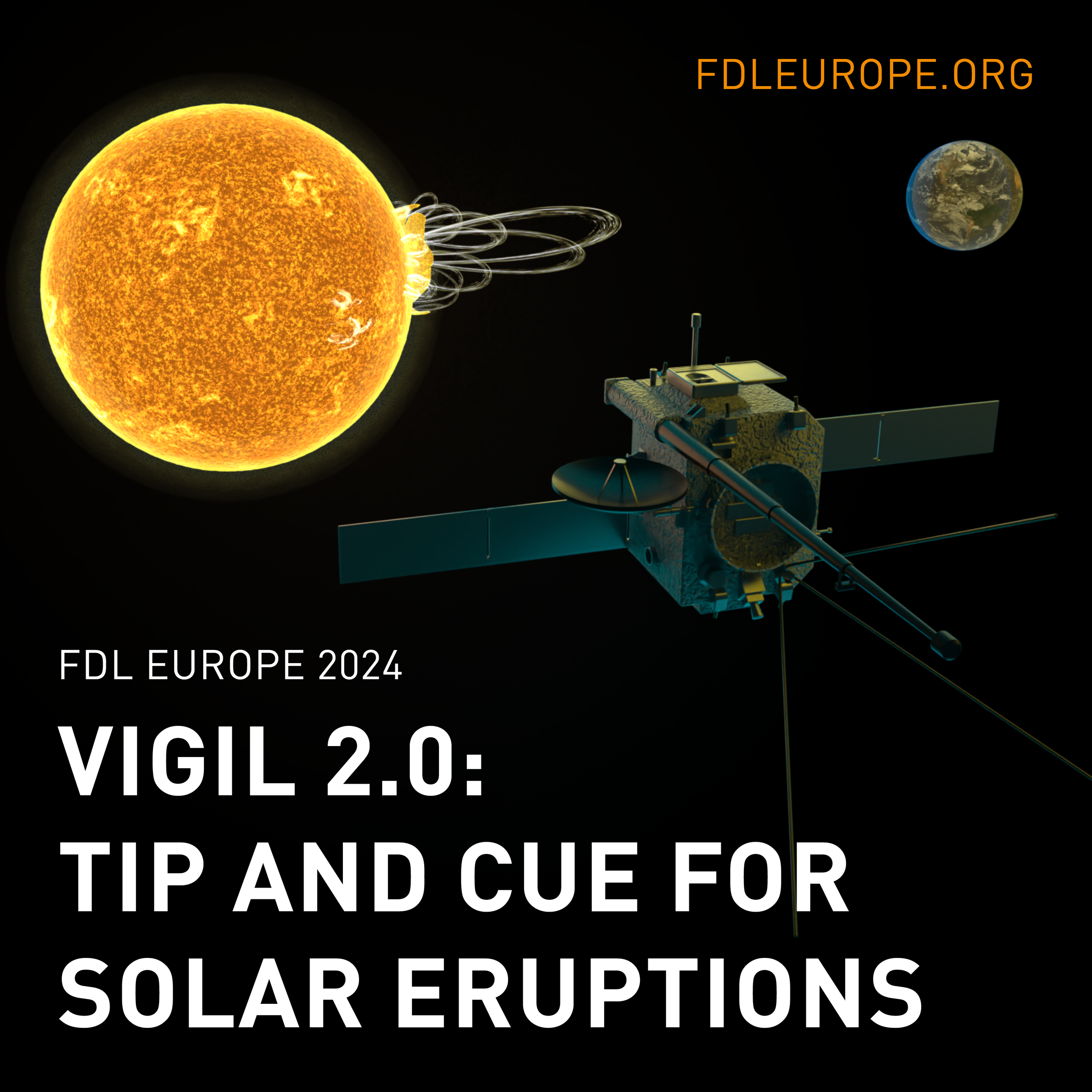
RESEARCH
FDL Europe 2024
FDL Europe is demonstrating the potential of machine learning for both scientific process and discovery. It is facilitating the development of new paradigms of engineering from understanding disasters in real-time to AI in orbit. Illustrative progress in science includes: methods for predicting natural phenomena, but also discovery of new physical insight to enable earlier decisions, better predictions and planning strategies within complex systems.
Artificial Intelligence is enabling a bold new era of these capabilities and FDL Europe’s goal is to explore new science and apply these new techniques in a safe, ethical and reproducible way to the biggest challenges in space science and exploration - for the good of all humankind.
FDL Europe Proposed 2024 Challenges
Multi-Sensor Predictions of Cloud Profiles
The altitude and vertical distribution of clouds strongly influence their radiative properties and impact Earth’s climate. Passive instruments onboard satellites only detect cloud top properties, while active instruments (i.e., radar/lidar) resolve vertical profiles, but have very sparse coverage (often ~16 day revisit times!). This challenge aims to create global 3D maps of the atmosphere through machine learning based instrument translation. Rather than learning how to translate one input sensor, we could create models that are capable of translating many different input sensors (with different spectral channels, resolutions, etc.) to create “input-agnostic” models for the atmosphere.
BIomass meets SAR
Can we use machine learning to create a pseudo-3D forest profile from interferometric data alone? What would the pitfalls and limitations be? Tomographic data provides a 3D volume of the forest compared to 2D imagery delivered by standard SAR.
Can we use machine learning to intelligently disentangle the biomass and moisture signals, perhaps using a multimodal approach with optical and infrared data? The signal from SAR data delivers vegetation optical depth (VOD), which depends on both the amount of vegetation (biomass) and moisture content.
VIGIL 2.0: Tip and Cue for Solar EruptionS
The VIGIL mission provides a critical new vantage point in providing advance warnings of hazardous solar eruptions. During FDL Europe 2023, the teams focused on the potential of machine learning and AI enabled twinning to enable advance warning for CMEs. This year we propose developing an early warning for solar eruptions, by considering VIGIL as the first asset in a multi-view AI workflow, looking at the Sun from the gravitational balance point L5 and combining data from SDO in L1 and other ground-based assets studying the Sun’s radio output.
SAR-FM: Foundation Model for SAR
Foundation Models are gathering particular attention in the space community and represent a revolutionary step in AI because of their ability to generalise - in other words, be easily adapted to multiple use-cases. Both NASA and ESA are mobilising resources to study the potential of Foundation Models with projects looking at Sentinel 2, Heliophysics, Mars geography and space medicine applications. Because of the vast amounts of SAR data and the difficulties of working between geographies with AI, ‘SAR-FM’ will potentially have wide-reaching and profound impact for the community, unlocking many downstream applications particularly in areas occluded by clouds, or at night such as disaster response and civil security.







